GREENHOUSE GAS (GHG) EMISSIONS
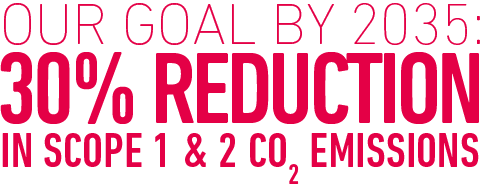
Please update your browser.
CarpenterTechnology.com doesn’t support this browser version any longer. Using an updated browser will provide a better experience.
Learn more about recommended browser requirements for CarpenterTechnology.com
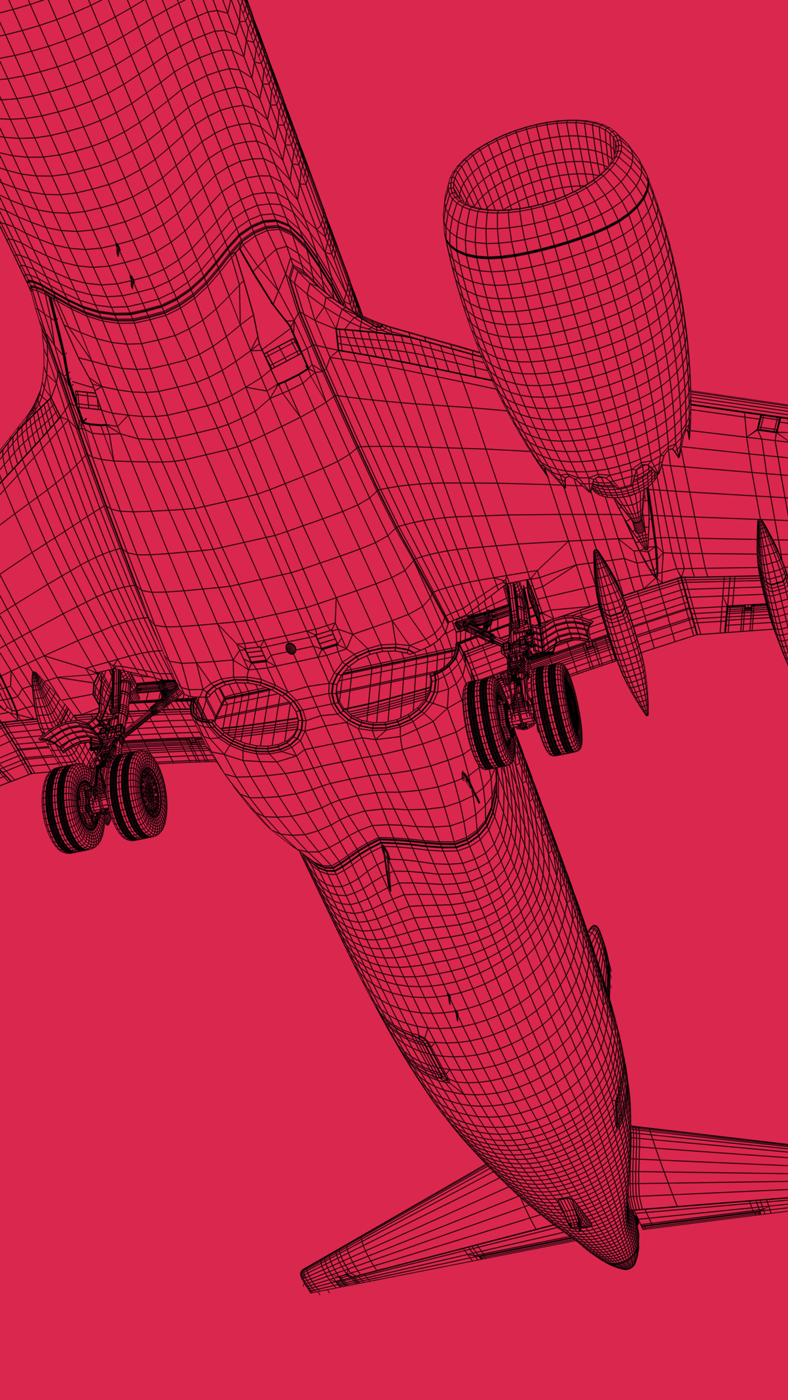
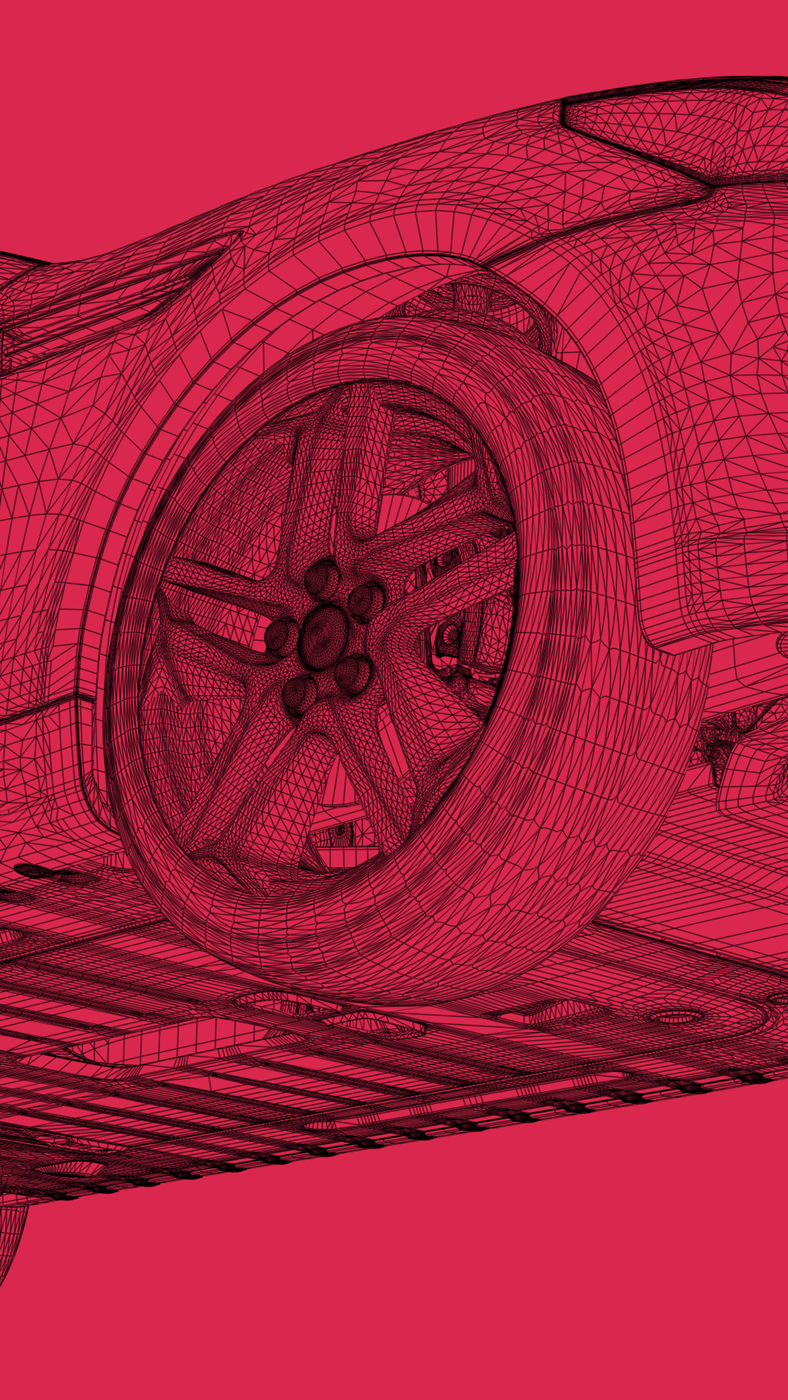


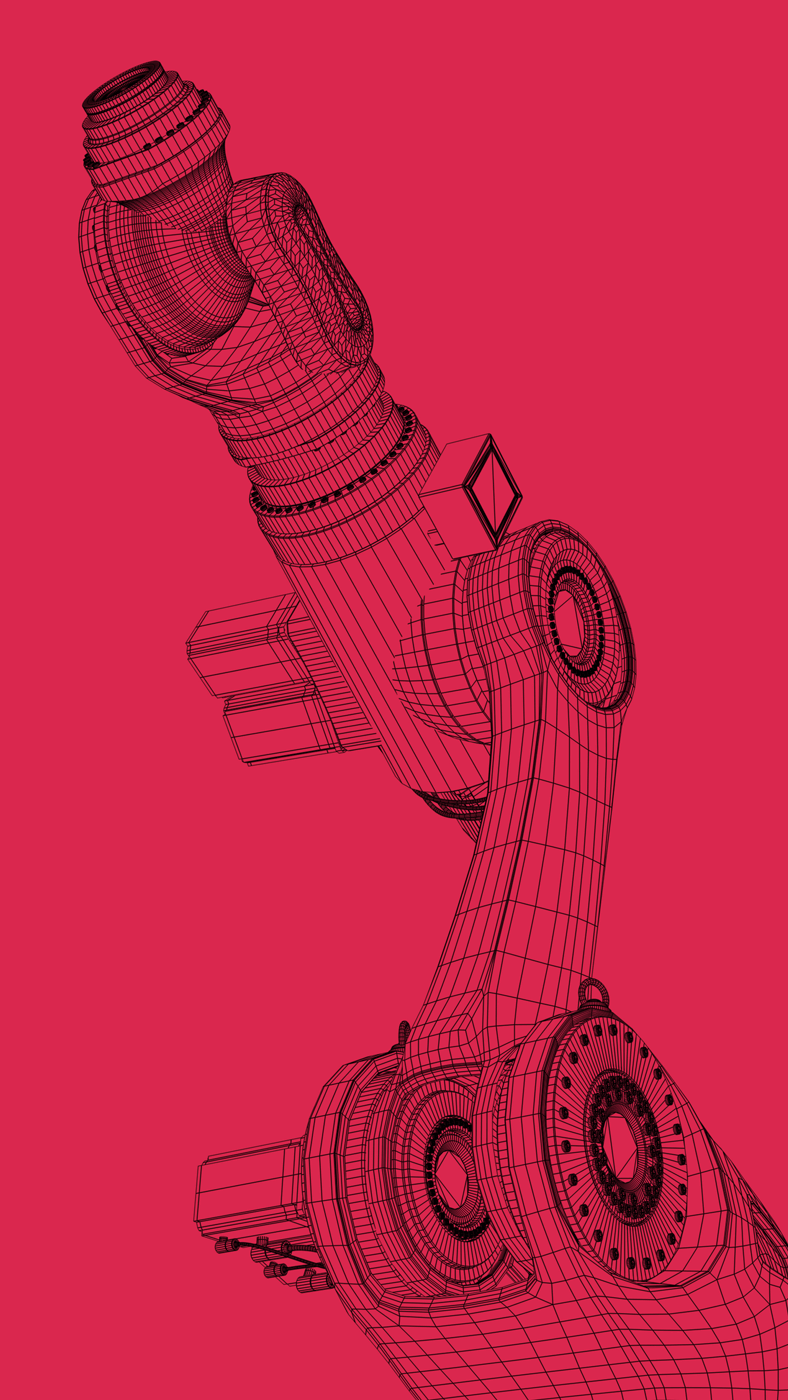

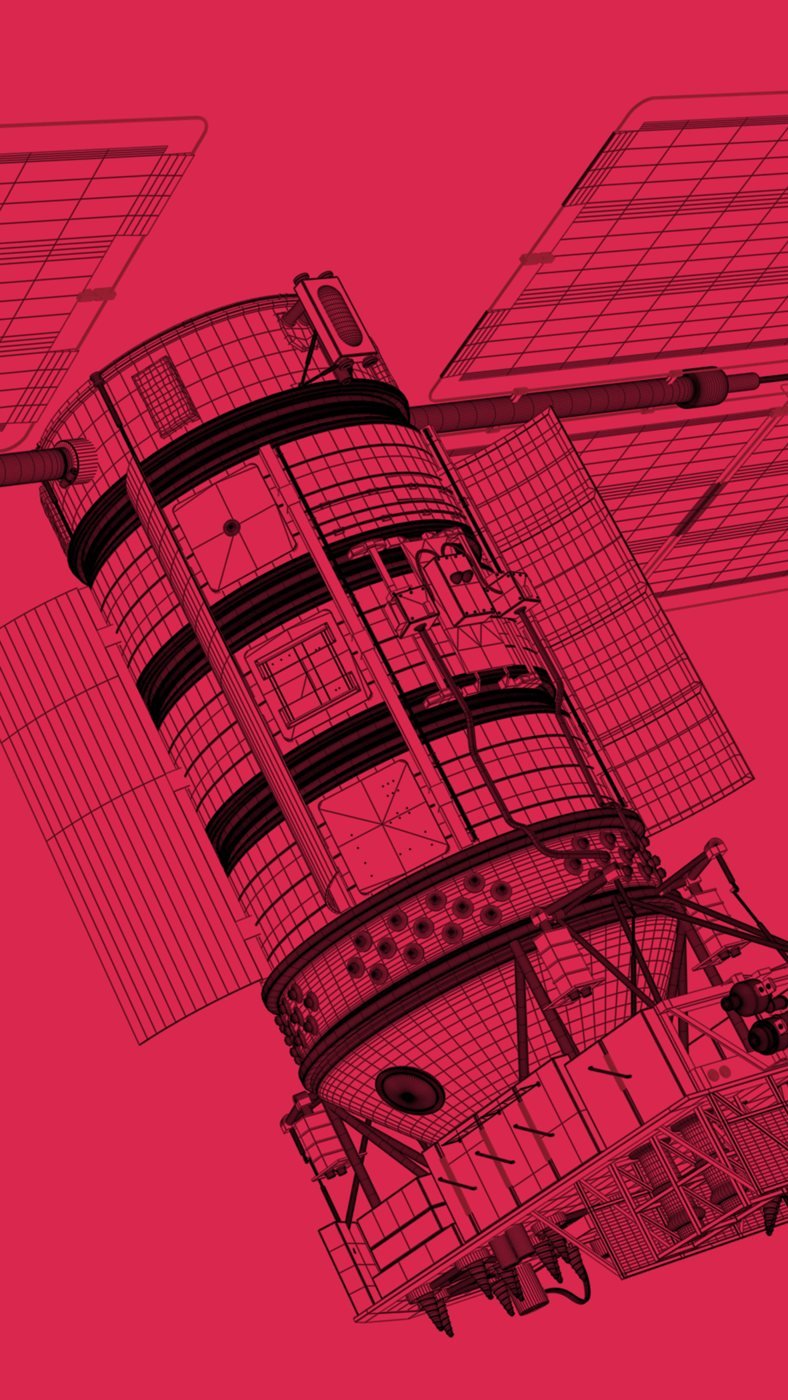
SUSTAINABLE SOLUTIONS FOR GLOBAL IMPACT
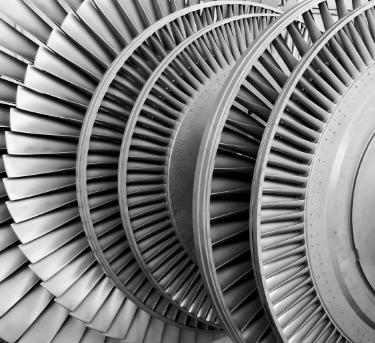


Looking ahead, we will continue to drive toward our intensity goal by:
Our product portfolio and specialty alloy manufacturing operations are differentiated from the many traditional metal manufacturers around the world, resulting in lower GHG emissions intensity compared to those metal manufacturers:


Our reported environmental data covers all manufacturing operations. The data is tracked at the facility level and reported to the EHS team using a data management system and defined process.


Although Carpenter Technology manufactures specialty alloys and stainless steels, we are often compared to the broader steel industry. To help put our emissions into the context of the broader steel industry and align to SBTi's steel industry sector decarbonization approach, we also report our crude steel emissions intensity. As demonstrated, our crude steel emissions intensity is world-class for the industry and below SBTi's publicly stated target for a "well below 2dc" scenario.

We also aspire to achieve net-zero carbon emissions by 2050 for Scope 1 & 2 emissions. Meeting this goal will require technological advancements, such as carbon capture systems and the use of hydrogen in specialty alloys, and customer partnerships before becoming commercially feasible. We are committed to evaluating and investing in new technologies that will move us towards a net-zero future.
To set these targets, we conducted a detailed assessment of our operations, including onsite audits and an analysis of our historical data. We identified a set of opportunities to reduce CO₂ emissions, then prioritized those initiatives based on the greatest impact.
We also reviewed the Science Based Targets initiative (SBTi) guidance for the steel industry. SBTi’s sector decarbonization approach for the steel industry is based on the production of crude steel. Using the SBTi approach — measuring our emissions intensity only for manufacturing crude steel — we are below the target levels for a “well below 2°C” scenario. However, we continue to process material beyond the initial melting step associated with crude steel; our targets are for the entirety of our operations.
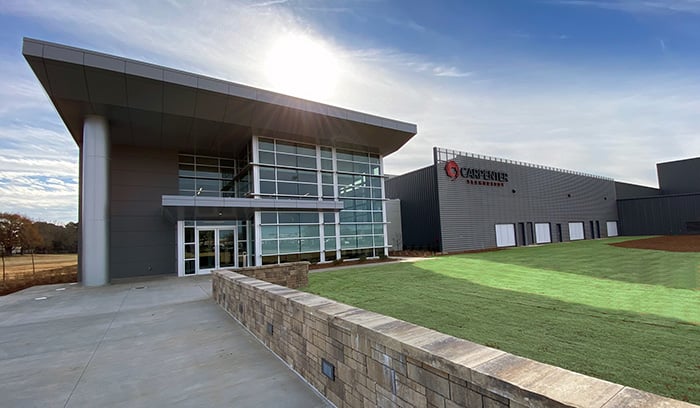
Emerging Technology Center in Athens, Alabama